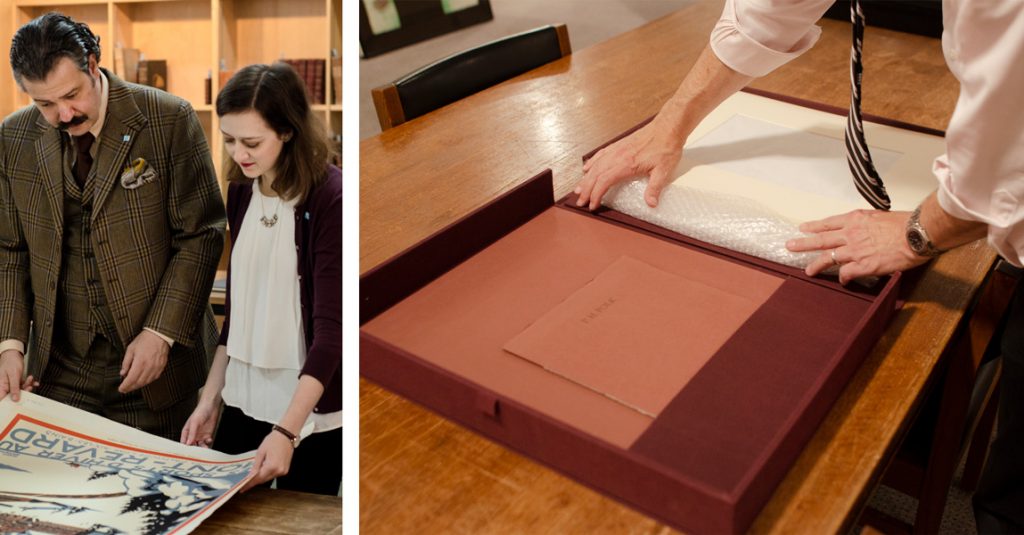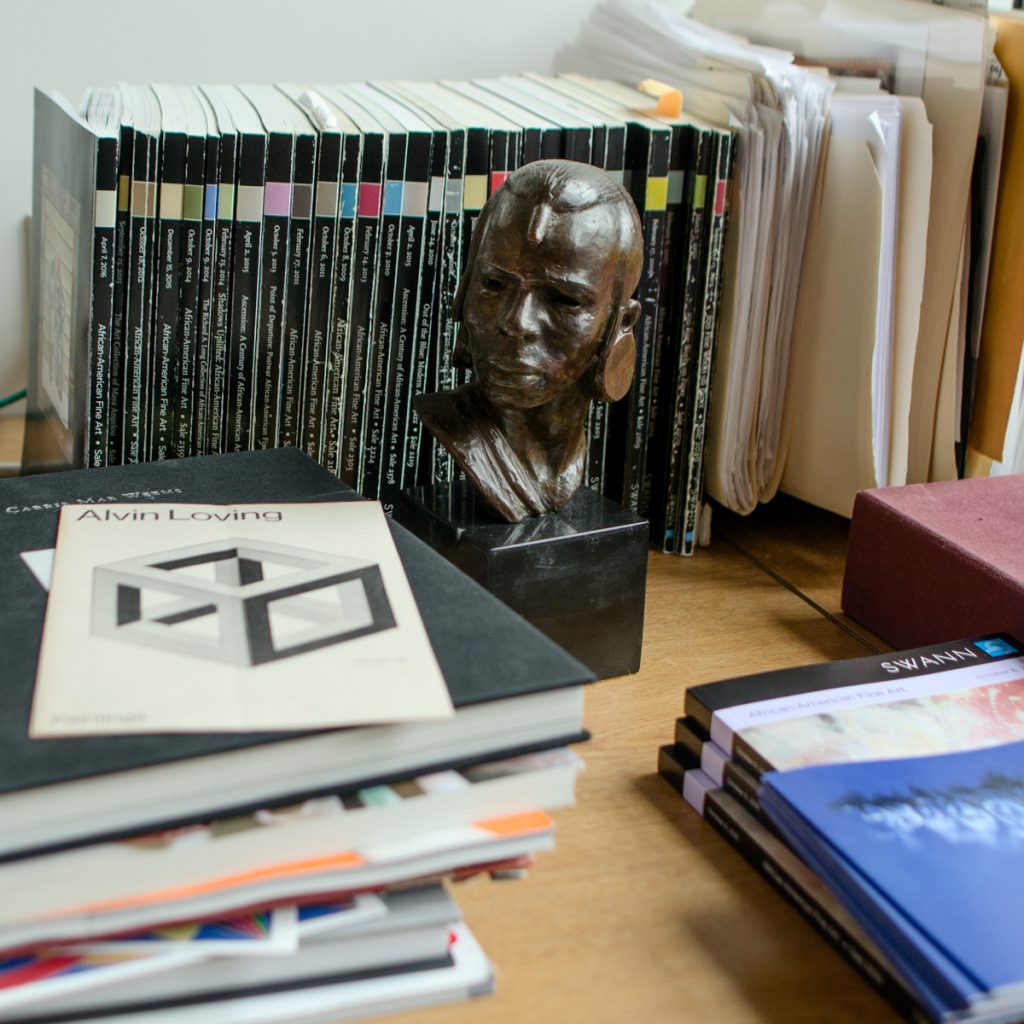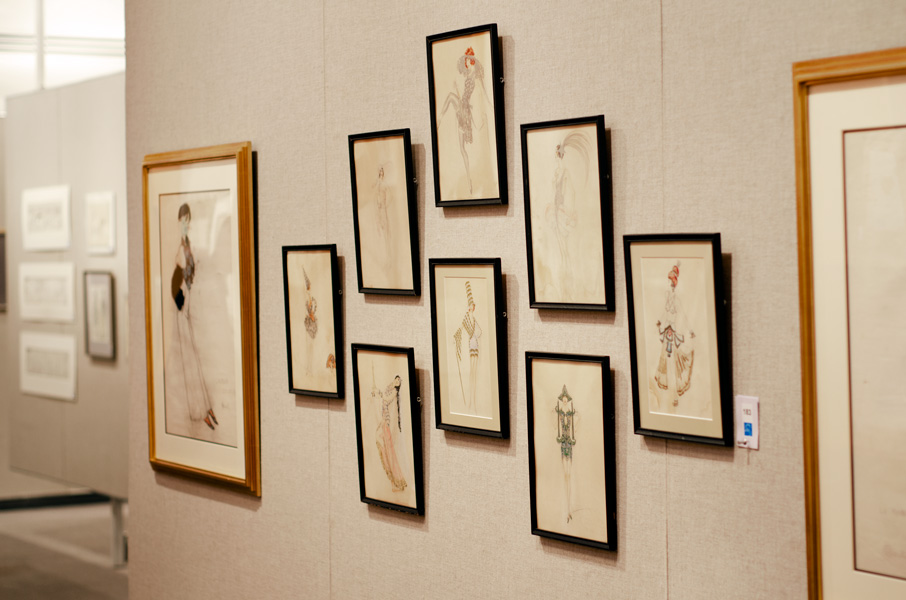How to Consign to an Auction
Thinking about selling at auction?
Allow us to be of assistance. Swann is a third-generation family business and the oldest specialty auction house in New York City, known for our innovative approach to auctions. Major collectors and institutions watch Swann auctions closely, and the international audience for our sales ensure that your consignments are seen around the world.
Step 1: Contact a specialist with a list of items.
Knowing where to go and who to talk to is half the battle. Swann conducts approximately 40 sales a year, with departments devoted to Books, Printed & Manuscript Americana, Autographs, Maps & Atlases, Photographs & Photobooks, Prints & Drawings, Vintage Posters, African-American Fine Art and Illustration Art. Contact information can be found on each of our department pages, or you can submit items to this form.
Types of Information to Include in a Consignment Proposal:
- Photograph of the work with close-ups of important details
- Author / Artist
- Title / Subject
- Date
- Place of Publication
- Dimensions
- Signature, Inscription, Edition Number
- Descriptions of binding or mount
- Condition
- Provenance & acquisition history
Not sure which department best applies to your items? Take your best guess. A specialist from the most appropriate department will review your submission, and get in touch with you.

Pictured at left, Nicholas D. Lowry and Lauren Goldberg of the Vintage Posters department.
Step 2: Consult with the specialist.
Discuss estimates, reserves and other charges with the specialist. Your questions are welcome throughout the consignment process.
Estimates are a value range based on prices fetched at auction by similar items, dealer’s prices, and the specialist’s knowledge of the current market. We publish estimates in the catalogue along with a description of the item, which serves as a guide to potential buyers.
A reserve is a pre-established minimum price. Our house reserve is 50% of the low estimate, but can be raised in confidential consultation with a specialist. Reserves can never be more than the low estimate. Excessive reserves and estimates tend to inhibit bidding and work to the consignor’s disadvantage.

The desk of Nigel Freeman, Director of African-American Fine Art, featuring sculpture by Richmond Barthé.
Step 3: Review & Sign the Consignment Agreement
Upon request, ship your material to us. Think ahead: consigned items must be received at Swann at least 3 months in advance of the sale date to allow for catalogue preparation, advertising and promotion.
Review, sign and return the Consignment Agreement we provide. Your items are placed in the most appropriate auction based on the type of material and our deadlines.
Step 4: Pre-sale Notification
We send a pre-sale notification to you for any auction that contains your property, which includes the date and time of the auction.

Daile Kaplan, Auctioneer, Vice President & Director of Photographs & Photobooks
Step 5: Post-sale Notification
You will get a post-sale notification about a week after the auction, indicating the hammer prices achieved for your items. All of our sales results are posted to our website the day after the auction.
What happens to unsold items?
The specialist consults with the consignor to decide whether or not to re-offer the material in a future sale, or to have it returned.
Hammer Price vs. Price Realized
The hammer price is the winning bid. The price realized is the hammer price, plus the buyer’s premium.
Step 6: Payment
Swann issues payment approximately 45 calendar days after the auction.
Please feel free to contact our Accounting department if you have questions about payment.

An Illustration Art auction exhibition.
Consign Now
Questions?
Please contact us.

















